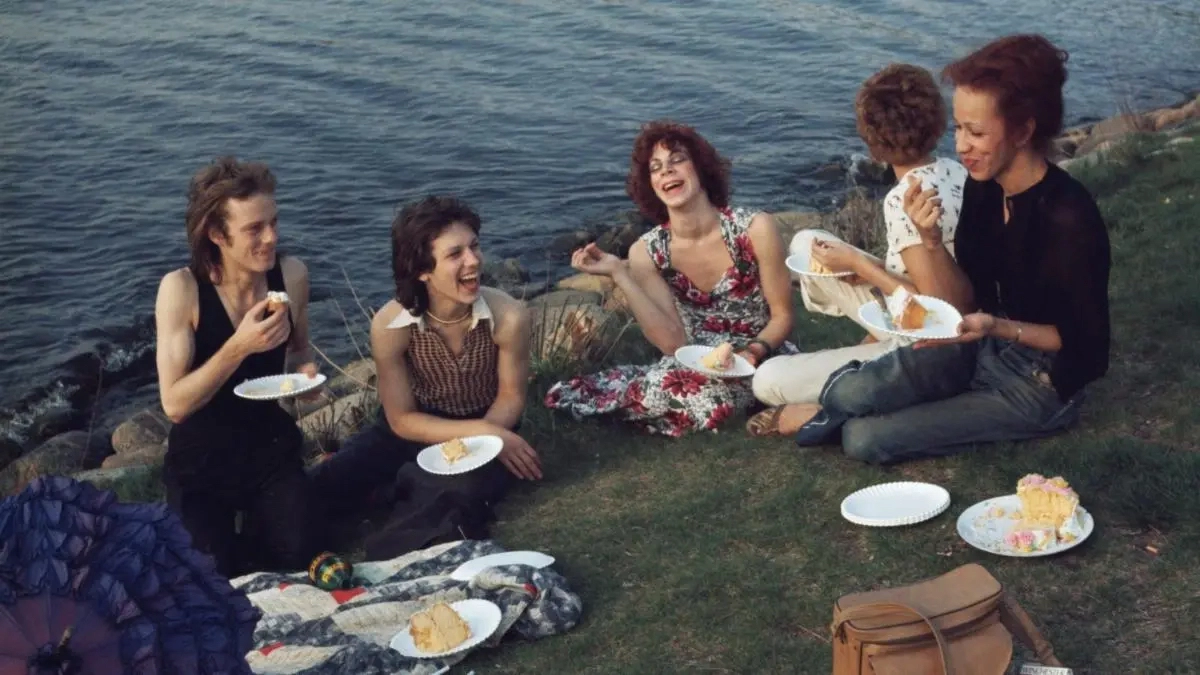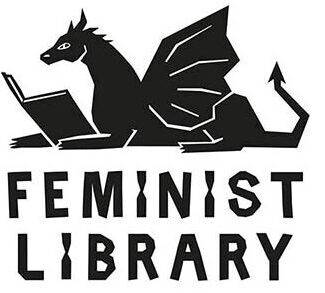All the Beauty and the Bloodshed – A Film by Laura Poitras

Googling Nan Goldin for the first time, I became obsessed with her work.
Emotionally raw and hard-hitting. Her pictures possess a cinematic quality about them whilst
remaining real and true to life. Each shot feels deeply personal and honest. Particularly her self-
portrait “Nan one month after being battered” {1984} which depicts Goldin bloodied and bruised, as
a result of a violent relationship. Her left eye swollen and purple, she sits almost blinded and yet
staring directly into the camera. The image marks the end of a long-term relationship.
“It was his way of breaking up…punching me in the face repeatedly,” Nan Goldin recalls. “That
picture kept me from going back.”
Moving forward, Goldin influenced a whole generation of photographers.
Her work examines the power that men have over women. It depicts heroin-addicts and sex workers
from the Bowery during the 80s and features many of her friends who are queer or trans.
“I wanted the queens to be on the cover of Vogue,” Goldin remarks.
Her photography became hugely radical at the time. Financially broke to begin with and working as a
go-go dancer to buy film, Nan Goldin is an inspiring woman of action- up all-night editing with little
or no sleep, then turning up to art galleries the next morning with her portfolio under her arm, ready
to show off her work.
I really respect artists that remain true to themselves. Nan Goldin is the definition of that. Authentic,
strong-willed, and cool as hell- she epitomises the ultimate punk rock artist. Wearing pearls and
lipstick to the beach, going to see The Clash, partying at the Mudd club alongside Cookie Mueller and
creating art shows on the AIDS crisis with David Wojnarowicz- she is a true non- conformist,
unconcerned with popular opinion.
These traits seep into her activism.
In 2014, Nan became addicted to oxytocin, a highly addictive painkiller that massively contributed to
the opioid crisis. Her life revolved around it.
“It became my full-time job”, Goldin recounts.
Despite being a painkiller, Oxytocin is the same as heroin, except it’s available on prescription. Every
year 100,000 people die from an overdose- that’s 200 deaths every single day. The Sackler family are
hugely to blame for this- they made a fortune out of selling Oxytocin and Valium {fourteen billion
dollars to be exact} which was mainly obtained by overprescribing these pharmaceutical drugs whilst
purposely downplaying their addictiveness. The Sackler’s represent the epitome of evil self-seeking
capitalist behaviour- they made millions of addicts just for profit.
“The profit of people’s pain makes you angry,” Goldin remarks.
Her mission is to erase their name from out of every art gallery.
“These institutions need to stop taking money from those evil bastards,” states Goldin.
The National Portrait Gallery, the Tate, the South London Gallery, the V&A… Each one accepts
massive amounts of money from members of the Sackler family. Museums are complacent about
this. They should take their name off their walls and refuse donations.
“All the beauty and the bloodshed”, Goldin’s moving film aims to expose the Sackler’s;
complicity in the opioid crisis. The film highlights the activism of P.A.I.N {an organisation founded by
Goldin to combat the opioid crisis} along with slideshows of her work shown in 35mm film.
An unmissable story for artists, addicts, and art-lovers, “All the beauty and the bloodshed” is an
important story for society regarding stigma, conformity, and denial.
The whole world ought to go and see the truth of it.
Review by Summer Moraes
